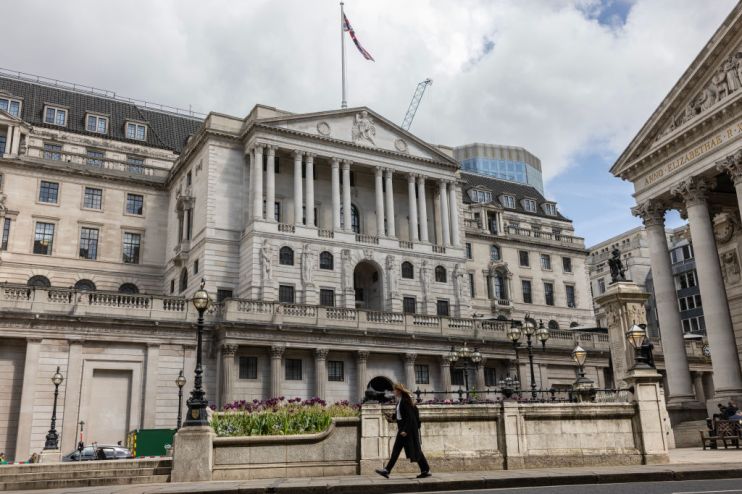Why did the Bank of England opt for a ‘hawkish’ hold despite bleak growth outlook?

For the second time in a row, the Bank of England has left interest rates on hold.
Although markets were more or less certain that the Bank rate would be held at 5.25 per cent, the Bank’s hawkish tone caught them by surprise.
In a statement, the Monetary Policy Committee (MPC) said rates needed to be “restrictive for an extended period of time”.
Andrew Bailey, the Bank’s Governor, warned markets that it was “much too early” to be talking about cutting interest rates. Indeed, he said the MPC would be “watching closely to see if further rates increases are needed”.
Yael Selfin, chief economist at KPMG UK, characterised the decision as a “hawkish hold”.
Alongside the rate decision today, the Bank of England published its latest forecasts for the UK economy.
The forecasts made for bleak reading. The UK economy is expected to remain stagnant next year with some semblance of growth only returning in mid-2025. By then, unemployment will have picked up to around five per cent.
So why is the Bank talking about hiking rates further?
On one level the answer is simple. The Bank of England has a two per cent inflation target and inflation currently stands at 6.7 per cent.
The forecasts suggest it will drop to around 4.5 per cent by the end of the year, largely thanks to falling energy and food prices. But next year progress will be much slower, with inflation only projected to fall to 3.1 per cent by the end of 2024.
This persistence in inflation – unlike the rapid rise from a supply shock – is predominantly domestically driven. The MPC said “second-round effects in domestic prices and wages are expected to take longer to unwind than they did to emerge”.
The reason is the UK labour market remains tight, which has supported strong wage growth. Despite unemployment rising faster than expected, wage growth – a key indicator of domestically driven inflation – remains at record levels.
The Bank itself acknowledged that “there is significant uncertainty about the rate of unemployment consistent with meeting the two per cent inflation target in the medium term”.
Reflecting this, the Bank of England increased its estimate of the equilibrium rate of unemployment from 4.25 per cent to 4.5 per cent. In effect, this means that the Bank thinks it needs to see a higher rate of unemployment in order to bring down wage growth, which in turn will bring down inflation in the medium term.
The Bank pointed out that employees have been seeking higher pay packets to compensate for rising prices but also noted there was evidence that “the efficiency with which vacancies are matched to those seeking work has decreased over recent years,” which also pushes up the equilibrium rate.
As Paul Dales, chief UK economist at Capital Economics summarised: “The Bank now thinks that the labour market will support wage growth by more for longer.”
This is the root of the Bank of England’s anxiety.